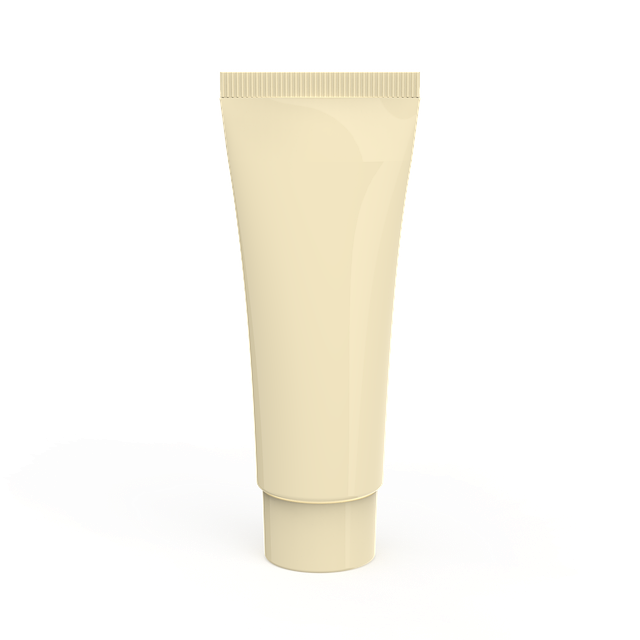Before tackling a DIY cold air intake (CAI) installation, prepare with essential tools, components, and a clean, accessible engine bay. Follow a detailed DIY CAI installation guide for improved vehicle performance and fuel efficiency. Key steps include clearing obstructions, disconnecting the battery negative terminal, installing new CAI components with clamps or brackets, and testing for better engine response.
Looking to enhance your vehicle’s performance with a DIY cold air intake (CAI) installation? This comprehensive guide will walk you through the process step-by-step. From gathering the necessary tools and components to preparing your engine bay, we’ll ensure a seamless installation. Follow our detailed instructions to achieve optimal airflow and boost your engine’s efficiency without breaking the bank. Get ready to transform your car with this easy-to-follow cold air intake installation guide.
- Gather Necessary Tools and Components
- Prepare the Engine Bay for Installation
- Step-by-Step Cold Air Intake (CAI) Mounting Process
Gather Necessary Tools and Components

Before starting your cold air intake (CAI) installation, ensure you have all the essential tools and components at hand to make the process smooth and efficient. A typical CAI kit includes a cold air intake box, a high-flow air filter, an intake tube or hose, clamps, and sometimes a heat shield. Gather these elements and lay them out in a well-organized manner for easy access during installation.
For a successful DIY cold air intake installation guide, you’ll also require basic automotive tools such as wrenches, screwdrivers, pliers, and possibly a pair of needle-nose pliers. Having the right tools makes all the difference, ensuring precise measurements, secure connections, and a clean finish.
Prepare the Engine Bay for Installation

Before diving into the actual cold air intake (CAI) installation, ensuring your engine bay is prepared is a step often overlooked but crucial for a smooth process. Begin by clearing out any debris or loose parts from around the area, making sure there’s ample space to work and access all necessary components. This involves removing any covers, shrouds, or other obstructions that might impede your installation guide DIY efforts.
Inspect the engine bay for any signs of damage or wear, addressing these issues before proceeding. Clean the surface thoroughly, using a degreaser to remove any built-up grime or oil residue. This step is vital as it ensures proper adhesion and performance of your CAI. With a clean, clear workspace, you’re now ready to follow your cold air intake installation guide DIY with precision and confidence.
Step-by-Step Cold Air Intake (CAI) Mounting Process

Mounting a Cold Air Intake (CAI) system is an excellent way to enhance your vehicle’s performance and improve its fuel efficiency. Following a detailed DIY cold air intake installation guide can make this process more accessible for car enthusiasts with some mechanical knowledge. Here’s a simplified breakdown of the steps involved in installing a CAI, which you can easily accomplish with the right tools and parts.
Begin by locating your vehicle’s engine bay and identifying the existing intake system. This will help you understand the layout and make the necessary adjustments for the new CAI. Remove any debris or components obstructing the installation path, ensuring clear access to the area. The next step involves disconnecting the battery negative terminal for safety purposes, as electrical interference can affect the engine’s performance. Follow your CAI kit’s instructions to install the air filter and cold air outlet, typically secured with clamps or brackets. Ensure a tight seal is achieved to maintain optimal airflow. Once these components are in place, reconnect the battery and test the system, verifying improved engine response and potential gains in horsepower.
Following our detailed step-by-step cold air intake (CAI) installation guide, DIY enthusiasts can now enhance their vehicle’s performance with this modification. By preparing the engine bay and carefully mounting the CAI, you’ll unlock a more efficient airflow, leading to improved engine power and fuel economy. This guide provides an accessible route for car owners to take control of their vehicle’s potential, ensuring a straightforward DIY experience.














